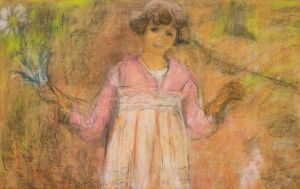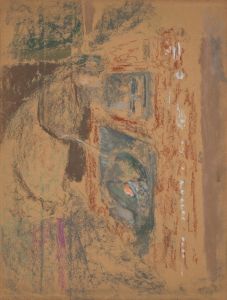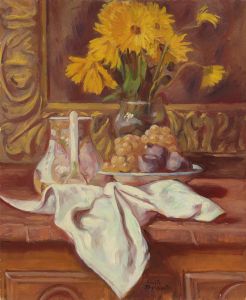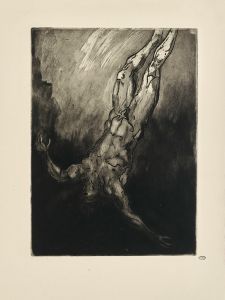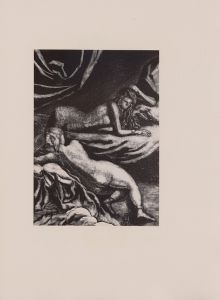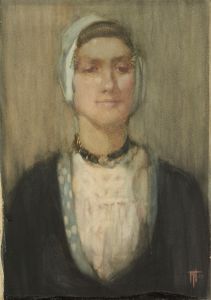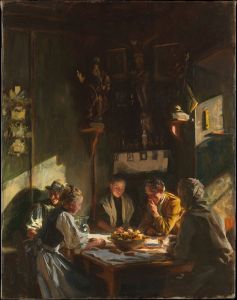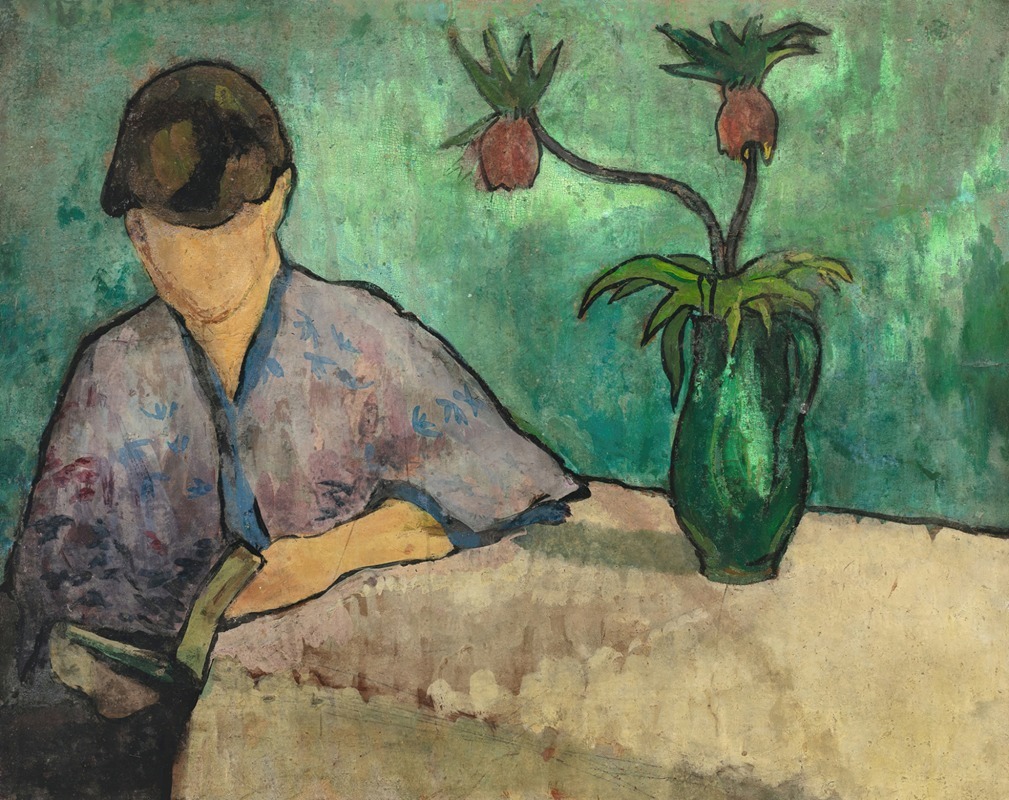
Jeune femme lisant en kimono
A hand-painted replica of Emile Bernard’s masterpiece Jeune femme lisant en kimono, meticulously crafted by professional artists to capture the true essence of the original. Each piece is created with museum-quality canvas and rare mineral pigments, carefully painted by experienced artists with delicate brushstrokes and rich, layered colors to perfectly recreate the texture of the original artwork. Unlike machine-printed reproductions, this hand-painted version brings the painting to life, infused with the artist’s emotions and skill in every stroke. Whether for personal collection or home decoration, it instantly elevates the artistic atmosphere of any space.
"Jeune femme lisant en kimono" is a painting by the French artist Émile Bernard, who was an influential figure in the Post-Impressionist movement. Bernard was known for his innovative style and his role in the development of Cloisonnism and Synthetism, which were significant movements in the late 19th century art scene. These styles were characterized by bold outlines and flat areas of color, often inspired by Japanese prints and medieval stained glass.
Émile Bernard was born on April 28, 1868, in Lille, France. He studied at the École des Beaux-Arts in Paris and became associated with artists such as Paul Gauguin and Vincent van Gogh. Bernard's work often explored themes of spirituality, symbolism, and the exotic, which were prevalent in the art world during his time.
"Jeune femme lisant en kimono" reflects Bernard's interest in Japonisme, a trend in European art that was inspired by Japanese art and culture. This interest was widespread among artists of the time, including Claude Monet and Edgar Degas. The painting depicts a young woman reading while dressed in a kimono, a traditional Japanese garment. The choice of attire and the act of reading suggest a fusion of Eastern and Western cultural elements, which was a common motif in Bernard's work.
The composition of the painting is notable for its use of vibrant colors and strong outlines, typical of Bernard's Cloisonnist style. The flat planes of color and the decorative quality of the kimono pattern emphasize the influence of Japanese woodblock prints, which were admired for their simplicity and elegance. Bernard's technique involved separating areas of color with dark contours, creating a stained-glass effect that was both modern and reminiscent of medieval art.
Bernard's relationship with other artists of his time was complex. He collaborated with Paul Gauguin, and their exchanges were crucial in the development of Synthetism, which sought to synthesize form and color to express deeper meanings. However, Bernard's contributions were often overshadowed by Gauguin's more dominant personality and fame.
Throughout his career, Émile Bernard remained a prolific artist, exploring various themes and styles. His work, including "Jeune femme lisant en kimono," continues to be studied for its innovative approach and its role in the transition from Impressionism to more abstract forms of art. Bernard's exploration of different cultures and his synthesis of artistic traditions have left a lasting impact on the art world.
"Jeune femme lisant en kimono" is an example of Bernard's ability to blend cultural influences and artistic techniques to create a unique visual language. The painting not only reflects the artist's personal interests but also the broader cultural exchanges occurring in the late 19th century. Bernard's work remains an important part of art history, illustrating the dynamic interactions between Eastern and Western art during this period.






